Fare for the curious: Art Brussels 2016 banks on rediscovery

Art Brussels’ 34th edition signaled something of a turning point – a deepening of the contemporary art fair’s distinctive character, brought about by the move to Tour & Taxis, a former customs warehouse, and the decision to reduce the size of the fair by 50 galleries, down to 141. This resulted in renewed, respectful viewing conditions that allowed northern light to flow into the Tom Postma-designed space.
But departing artistic director Katerina Gregos and managing director Anne Vierstraete also streamlined the fair’s offering in terms of content by increasing the proportion of galleries in the ‘Discovery’ section. 'Most fairs place blue chip galleries at the entrance,' said Vierstraete. 'We turn things around: the first thing you experience is the experimental, young artists with work produced between 2013 and 2016; artists who haven’t reached the international market yet.'
Art Brussels steered the conversation even more towards the discovery of exciting talent by adding a new section, ‘Rediscovery’, in which a number of artists from the historical avant-garde were identified, that had previously been overlooked or forgotten. Standout presentations included Galerie Daniel Templon’s focus on the American Jules Olitski, whose early spray painting technique explored the disembodiment of colour. The work of Japanese Yuko Nasaka at Axel Vervoordt had a similar subdued quality that, with its references to the moon, was almost mystical in execution.
Twenty-four galleries participated in the 'Solo' section this year. Sammy Baloji, the Congolese artist who represented Belgium in Venice last year, stood out with a visceral installation that combined geometrical patterns on skin and copper with performance.
'Quixotic', a word Gregos used to describe the fair, could also be applied to ‘Cabinet d’Amis: The Accidental Collection of Jan Hoet’, a selection of 200 works from the legendarily idiosyncratic Ghent curator who passed away in 2014. Shown in a diorama designed by Richard Venlet, it surrounded the viewer with art much in the same way Hoet immersed himself in the world of the artists he championed. 'The social aspect of art predominated for him,' reminisces his son, Jan Hoet Jr. 'Though part of these works was acquired, he never had the ambition to become an art collector. He simply busied himself with art. The artists, to him, were more important than their finished products.'
That attitude can be extrapolated to Art Brussels as a place that attracts collectors who are not just interested in acquiring art for monetary value, but who enjoy what this fair does best: bolstering discovery.

A Lawrence Weiner typed letter to Jan Hoet accompanied by a project proposal for Chambres d'Amis, 1986. Courtesy the family of Jan Hoet

This resulted in renewed, respectful viewing conditions that allowed northern light to flow into the Tom Postma-designed space. Pictured: exterior of Tour & Taxis at night
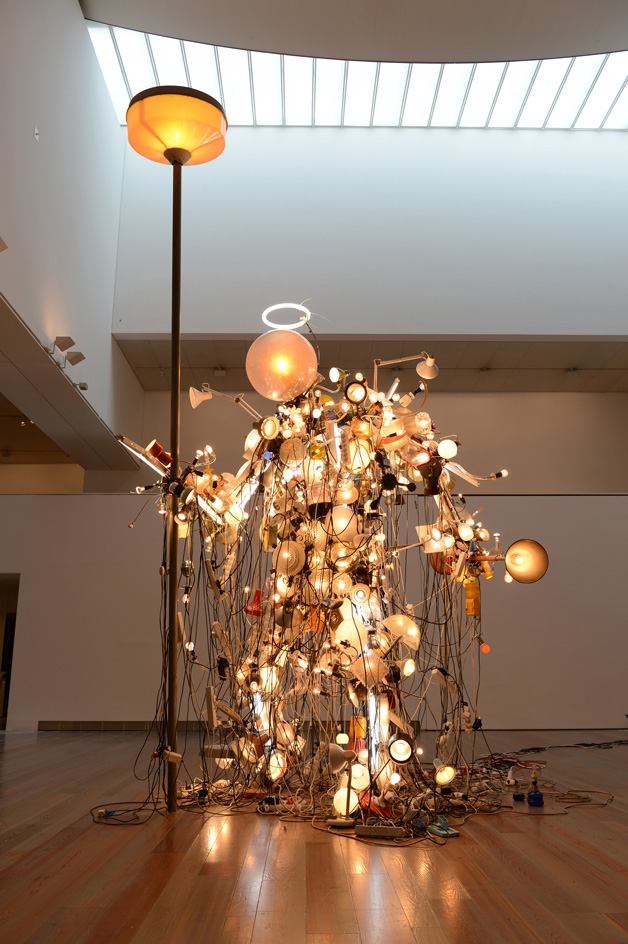
Managing director Anne Vierstraete comments, 'We turn things around: the first thing you experience is the experimental, young artists with work produced between 2013 and 2016; artists who haven’t reached the international market yet.' Pictured: My Light Is Your Life (Shiva Samurai), by Krištof Kintera, 2014, at D+T Project Gallery (within the 'Prime' section). Courtesy D+T Gallery
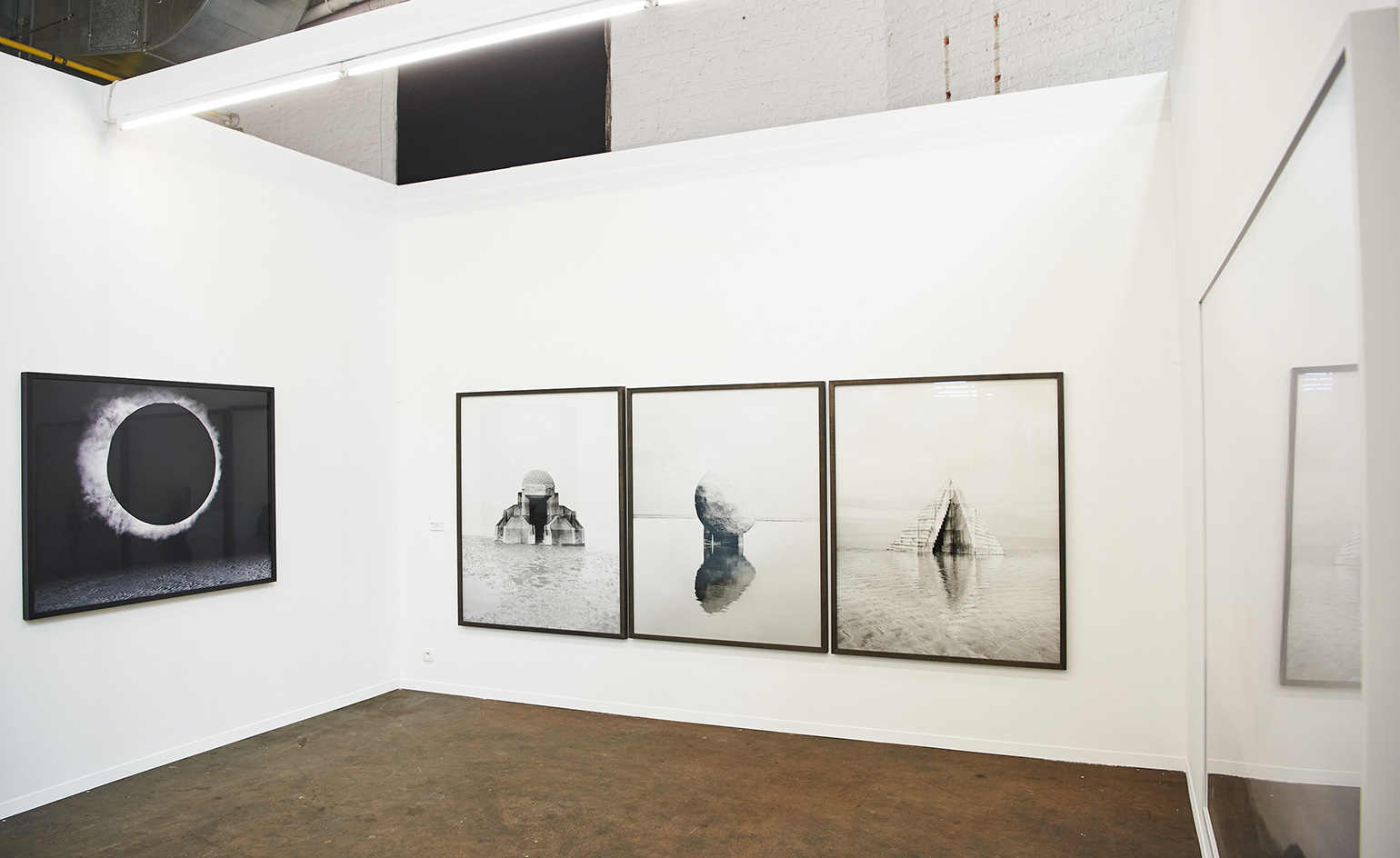
Art Brussels steered the conversation even more towards the discovery of exciting talent by adding a new section, ‘Rediscovery’, in which a number of artists from the historical avant-garde were identified that had been previously overlooked or forgotten. Pictured: Les Filles Du Calvaire's booth.

Sorry, by Guillaume Bijl, from the 'Birds Nest With Pool Balls' collection, 1987. Courtesy the family of Jan Hoet

Untitled Tapestry, by Yann Gerstberger, at Sorry We're Closed, Brussels.
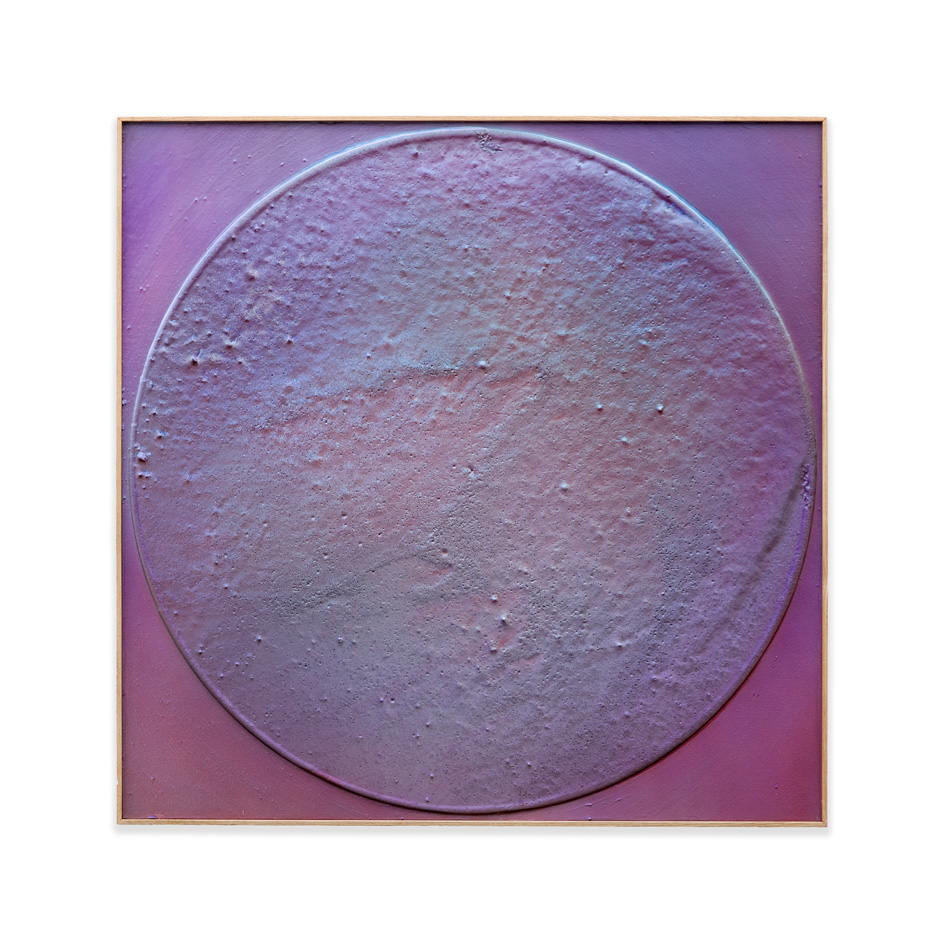
The work of Yuko Nasaka at Axel Vervoordt (pictured) had a subdued quality that, with its references to the moon, was almost mystical. Courtesy the artist and Axel Vervoordt Gallery
INFORMATION
Art Brussels ran from 22–24 April. For more information, visit the Art Brussels website
Photography courtesy Art Brussels
ADDRESS
Tour & Taxis
Avenue du Port 86c
B-1000 Brussels
Receive our daily digest of inspiration, escapism and design stories from around the world direct to your inbox.
Siska Lyssens has contributed to Wallpaper* since 2014, covering design in all its forms – from interiors to architecture and fashion. Now living in the U.S. after spending almost a decade in London, the Belgian journalist puts her creative branding cap on for various clients when not contributing to Wallpaper* or T Magazine.
-
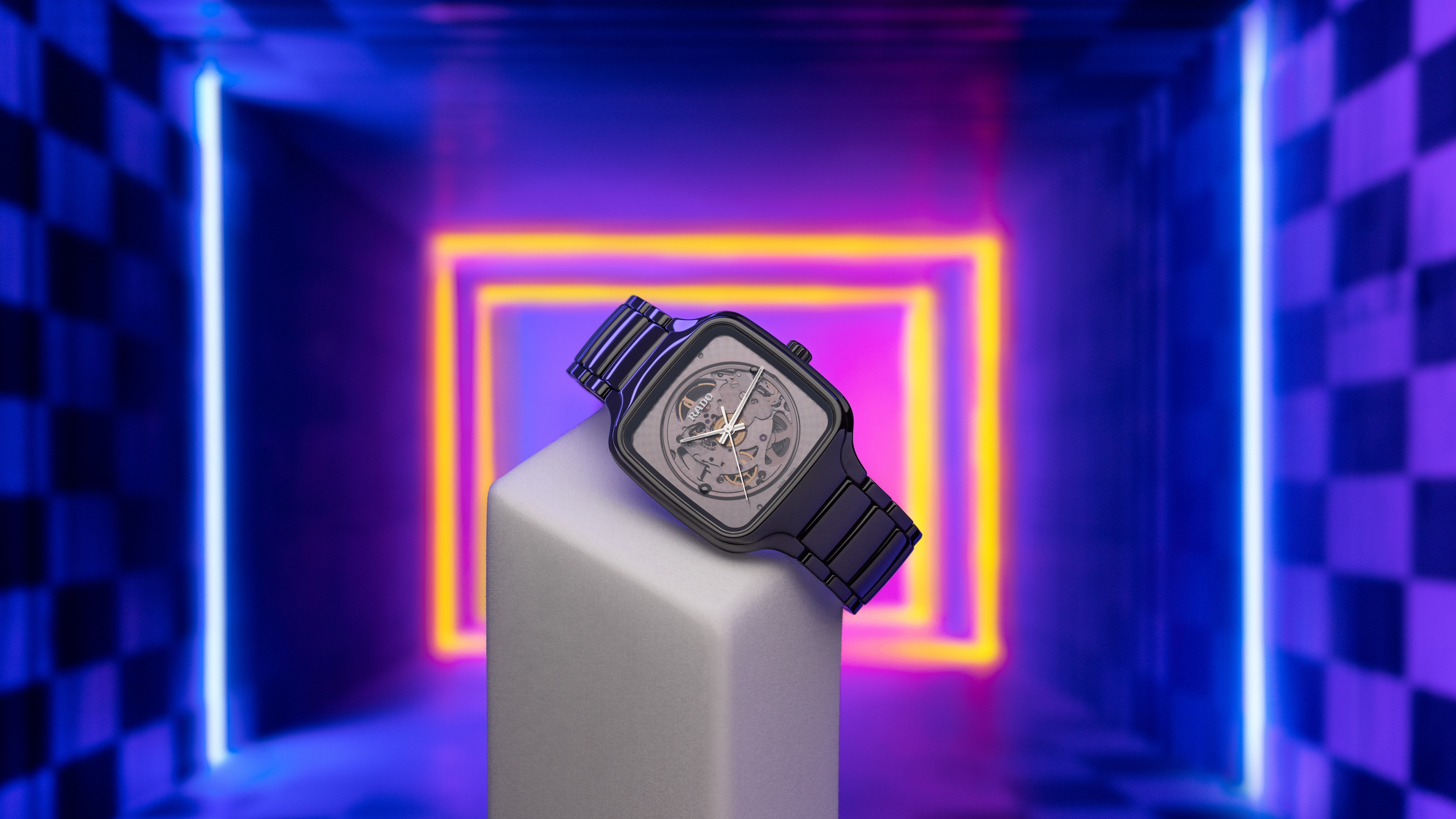 Why are the most memorable watch designers increasingly from outside the industry?
Why are the most memorable watch designers increasingly from outside the industry?Many of the most striking and influential watches of the 21st century have been designed by those outside of the industry’s mainstream. Is it only through the hiring of external designers that watch aesthetics really move on?
-
 This Fukasawa house is a contemporary take on the traditional wooden architecture of Japan
This Fukasawa house is a contemporary take on the traditional wooden architecture of JapanDesigned by MIDW, a house nestled in the south-west Tokyo district features contrasting spaces united by the calming rhythm of structural timber beams
-
 At last: a London hotel that’s great for groups and extended stays
At last: a London hotel that’s great for groups and extended staysThe July London Victoria, a new aparthotel concept just steps away from one of the city's busiest rail stations, is perfect for weekends and long-term visits alike
-
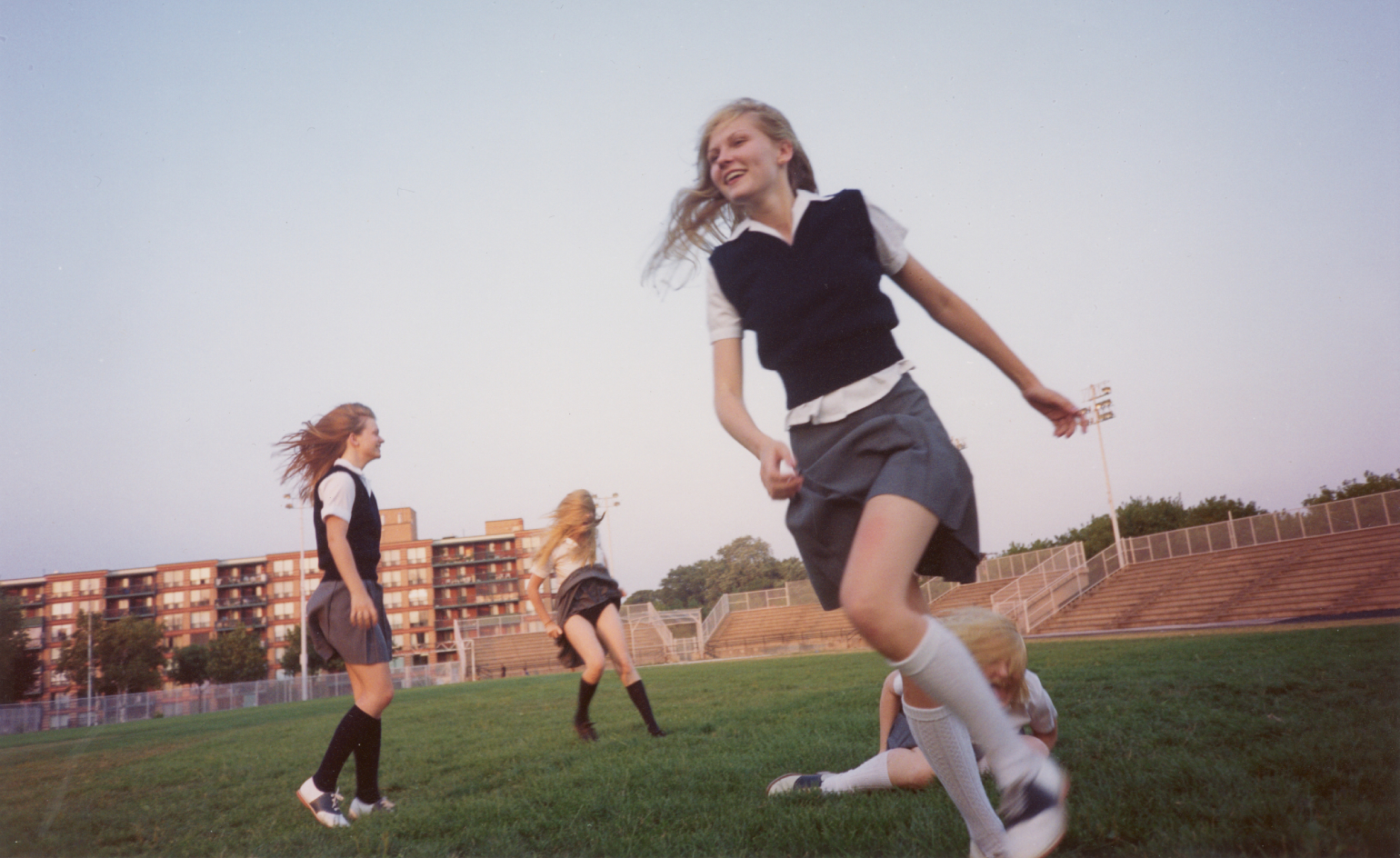 The cultural weight of girlhood is complex and beautiful at MoMu
The cultural weight of girlhood is complex and beautiful at MoMuA new Antwerp exhibition, ‘Girls. On Boredom, Rebellion and Being In-Between’, frames girlhood as both archetype and subversion, featuring works by Sofia Coppola, Louise Bourgeois, and more
-
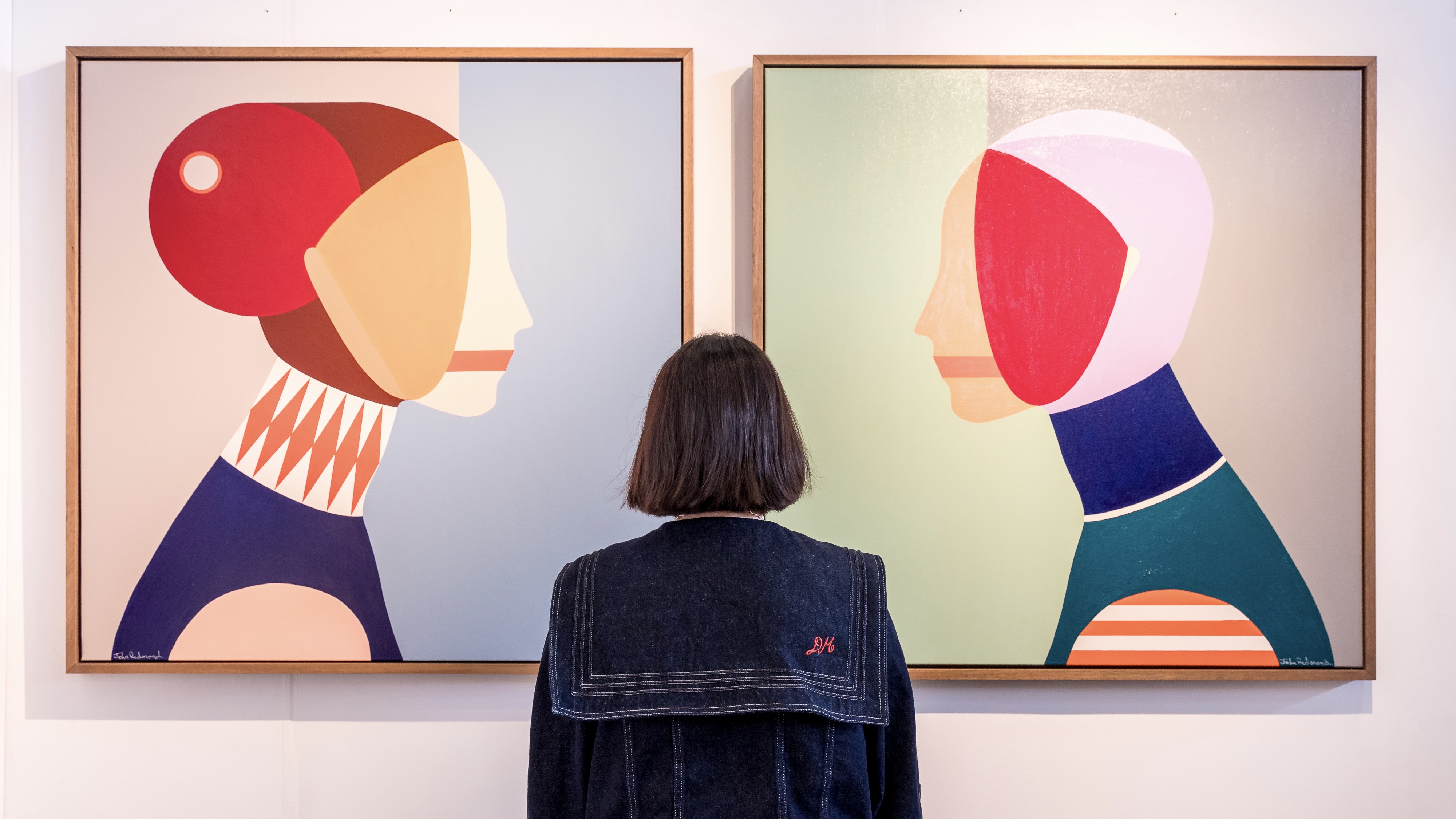 The alternative art fairs championing emerging artists
The alternative art fairs championing emerging artistsThe lower barrier to entry to these smaller and specialist art fairs make them hubs of grassroots creativity, allowing emerging names to establish a foothold in the industry
-
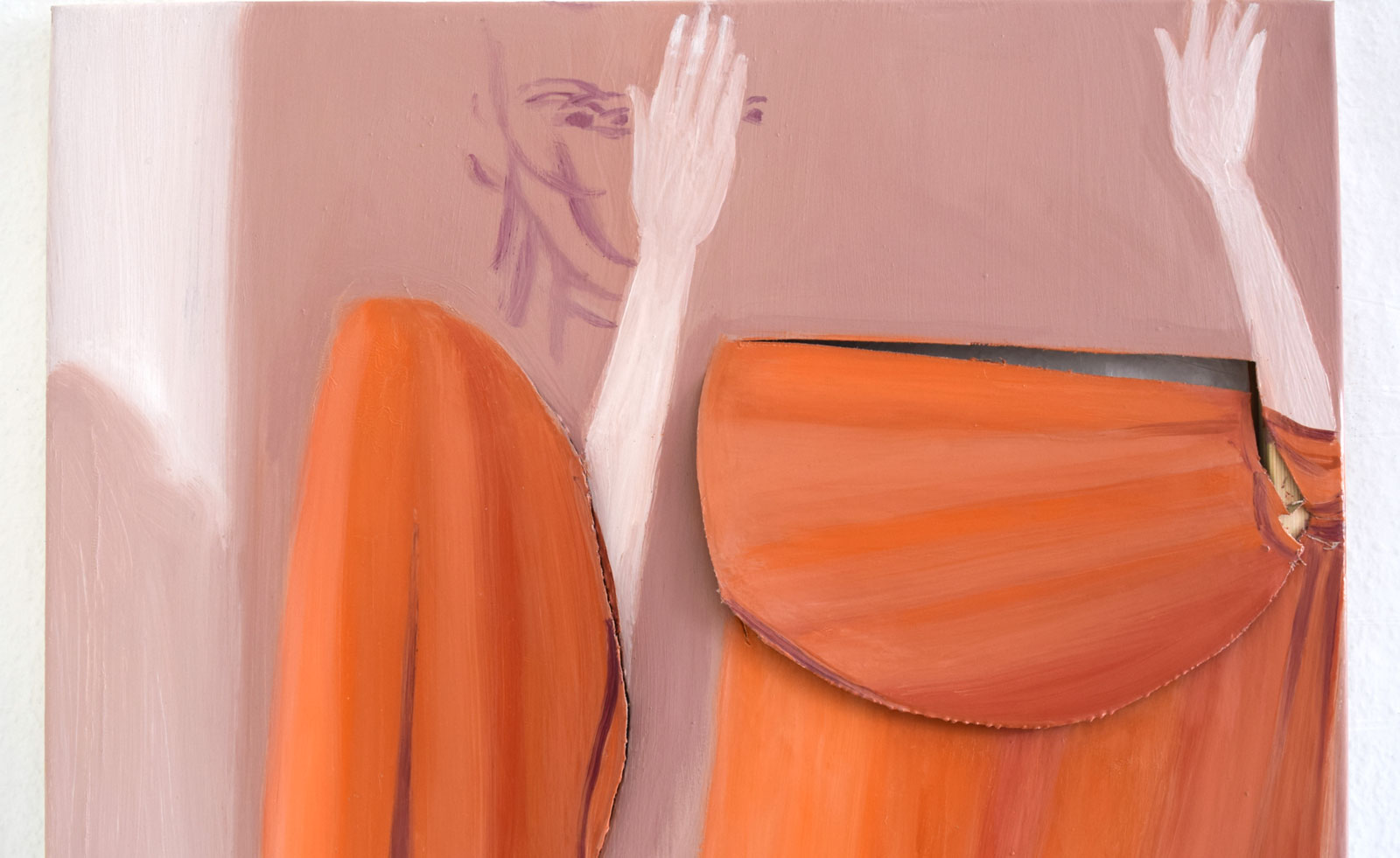 Artist Emmanuelle Castellan’s textural takeover in Brussels
Artist Emmanuelle Castellan’s textural takeover in BrusselsLa Verrière gallery in Brussels and Fondation d’entreprise Hermès present ‘Spektrum’, infused with colour and texture by the works of Emmanuelle Castellan
-
 The ageing female body and the cult of youth: Joan Semmel in Belgium
The ageing female body and the cult of youth: Joan Semmel in BelgiumJoan Semmel’s ‘An Other View’ is currently on show at Xavier Hufkens, Belgium, reimagining the female nude
-
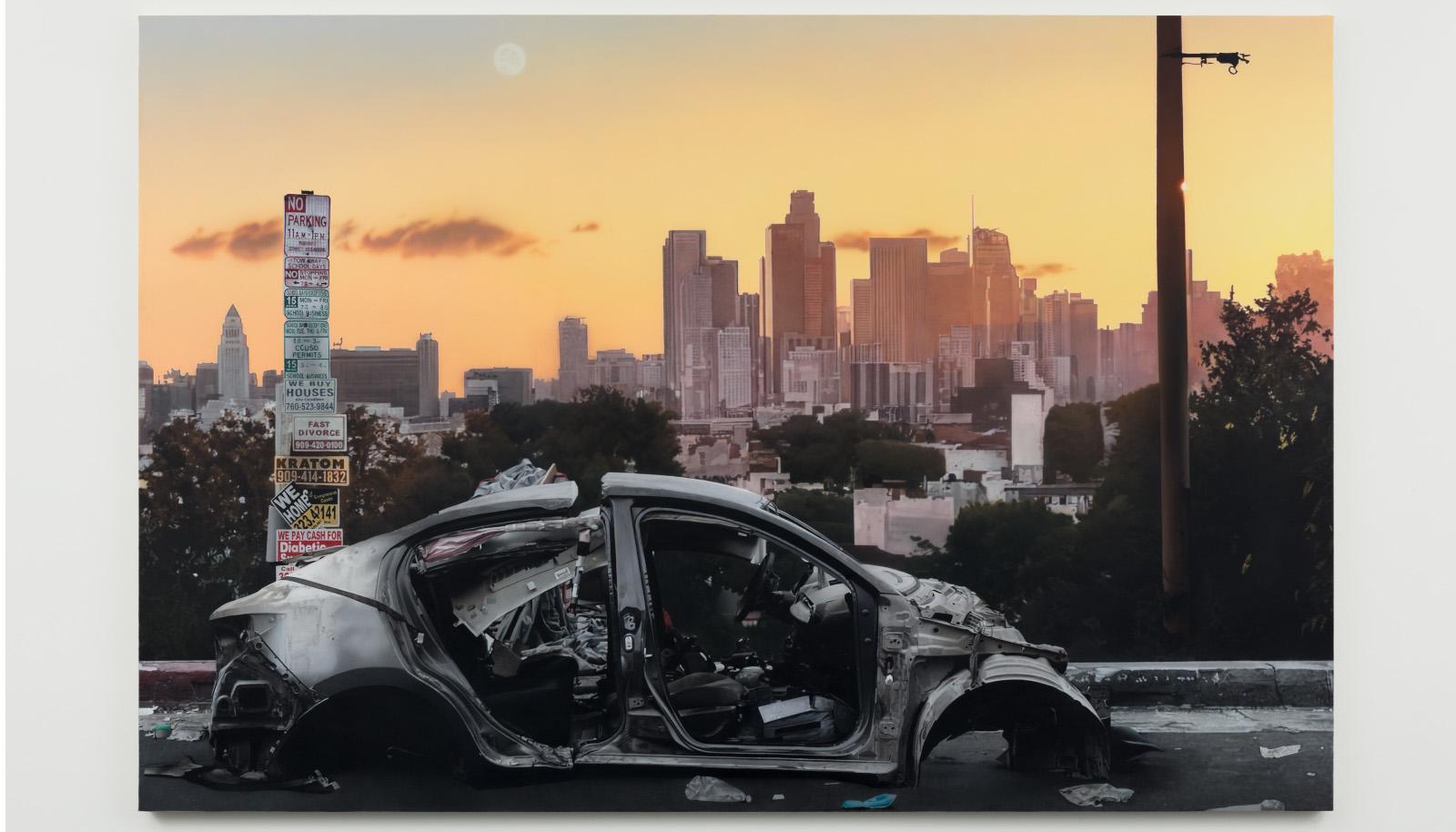 ‘Heaven ’N’ Earth’: Sayre Gomez blurs the reality and illusion of Los Angeles
‘Heaven ’N’ Earth’: Sayre Gomez blurs the reality and illusion of Los AngelesSayre Gomez’s ‘Heaven ‘N‘ Earth’ at Xavier Hufkens in Brussels explores the contrasts between wealth and poverty, reality and illusion in Los Angeles
-
 EXPO Chicago 2023 is an indoor-outdoor art extravaganza, from witches to unicorns
EXPO Chicago 2023 is an indoor-outdoor art extravaganza, from witches to unicornsAs the landmark 10th edition of EXPO Chicago kicks off, Jessica Klingelfuss explores the fair and this citywide art spectacle, from Derrick Adams’ unicorns to a witch-themed group show
-
 London Original Print Fair 2023: 10 prints on our radar, from Brian Eno to Tracey Emin
London Original Print Fair 2023: 10 prints on our radar, from Brian Eno to Tracey EminAs London Original Print Fair 2023 kicks off (until 2 April 2023), explore the 10 prints on our wish list this year, from Brian Eno to Tracey Emin; Mona Hatoum to Harland Miller
-
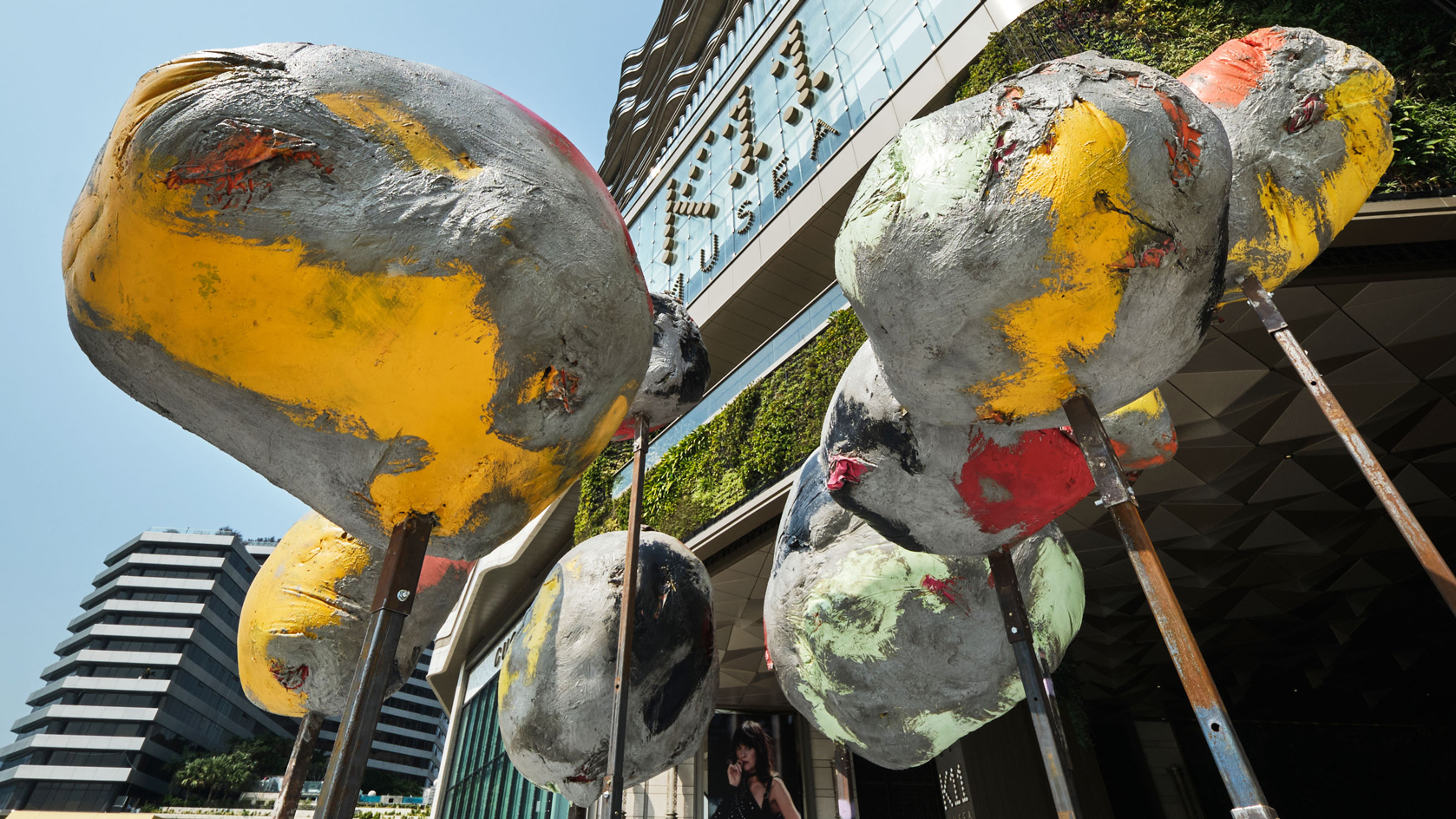 Art Basel Hong Kong 2023: can the city’s art scene bounce back?
Art Basel Hong Kong 2023: can the city’s art scene bounce back?Art Basel Hong Kong 2023 is about to kick off following years of restrictions. Catherine Shaw explores what we can expect in and around this year’s fair (23-25 March 2023), and whether Hong Kong can bounce back to reclaim the title of ‘Asia’s art hub’